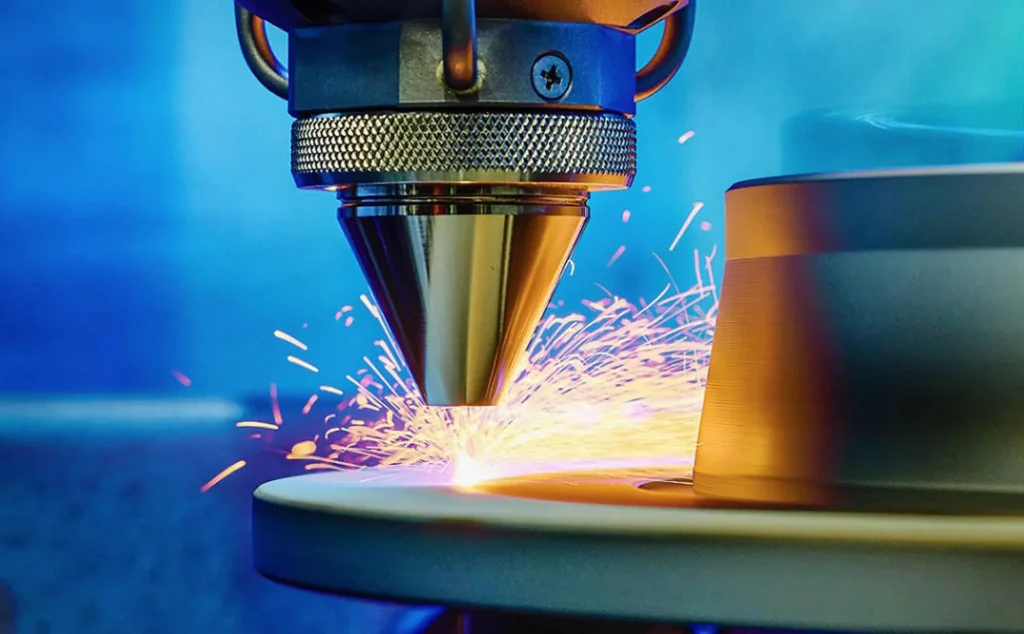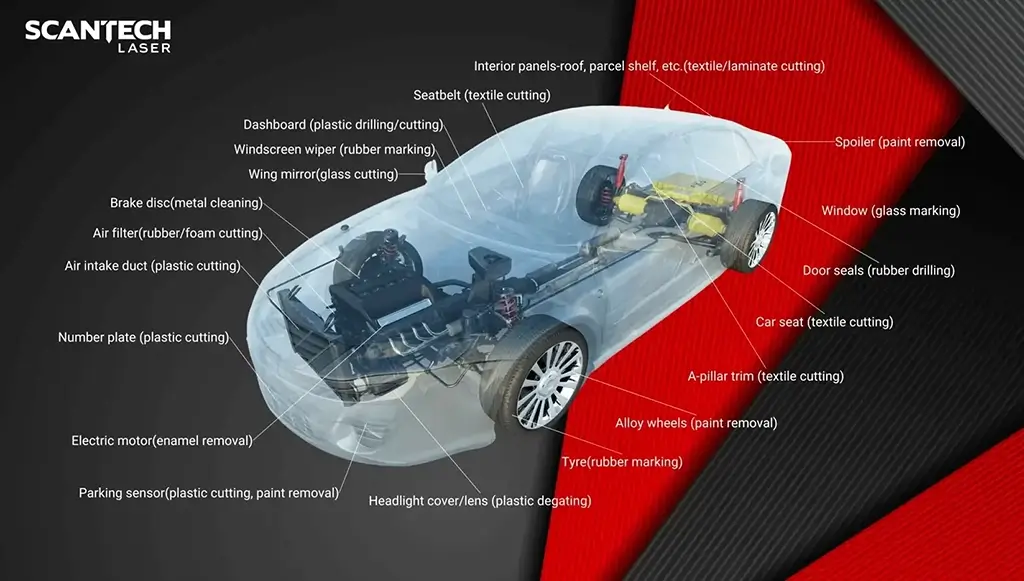Laser beams and arcs are different welding heat sources but both work in gaseous shielding atmosphere at a suitable pressure to make it possible to combine these heat sources to a unique welding technique called as hybrid laser-arc welding. This process is being highly used in welding applications for last few years. In this process, we can observe most of the mechanisms of self-generated laser welding and arc welding. Also, we can see some combined effects generating from the combination of two different processes.
Hybrid process is not just a simple combination of laser beam and arc, but there are complicated physical interactions between the two heat sources.
In hybrid laser welding processes, the laser beam source serves as the primary heat source as it is a high-energy density heat source and enables deep penetration welding. CNC (Computer Numerical control) laser welding machine is used many of the times for this process. Computer Numeric Control is used to control the machine through a predefined set of commands.
The arc serves as a secondary heat source, which gives stability to the process, improves reliability and efficiency and the weld quality. The arc process can be a process with a non-consumable electrode or with the consumable electrode. The process with a consumable electrode is applied when the filler material is needed to be added otherwise process with the non-consumable electrode is applied.
There are many benefits of hybrid laser welding process. Let’s see few of them.
- The filler wire is used in the hybrid laser welding process. With the help of that wire, the metallurgy of the weld can be adjusted. Also, the wider gaps between the parts to be joined can be abide using filler material.
- As the arc is used in the process, the welding speed is increased remarkably. The additional energy from the arc gives deep penetration and increases the width of the weld.
- Using laser beam and arc at the same time increases heat supply to the weld pool which gives more time to weld pool to be smooth. The dents have vanished and the weld surface becomes smoother.
- Some materials are challenging or impossible to weld by laser welding process due to the tendency to hot cracking or too hard weld material. In hybrid laser welding process, the greater welding energy is generated which enables welding of those materials.
- As discussed above, in hybrid laser welding the penetration is deep which facilitates decreased number of weld passes and trench volumes. Usually, a single pass is enough.
- Small heat input results in low thermal stresses and alterations and small heat affected zone (HAZ).
So, why not to go for the hybrid laser welding process by leaving behind the traditional welding processes.




What do you think?
such an amazing article thanks for sharing this keep posting.